Texas History Lessons - Part 1
"Remember the Alamo, Remember Goliad" take on a new meaning
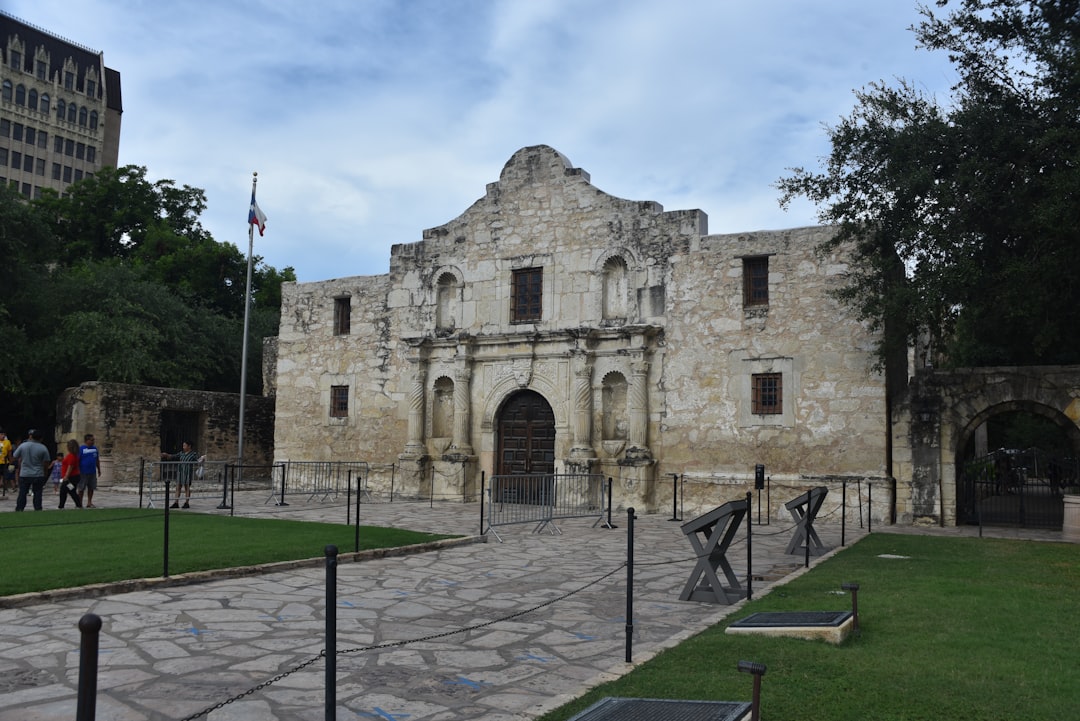
When we moved to Texas, one thing I was honestly excited about was our kids having the opportunity to learn more interesting history than they would have living in Indiana. As a Midwestern kid who lived in Michigan and then Illinois until I was eleven, I saw little to be excited about in the history of the Upper Midwest.1
For those of us who grow up outside of the Lone Star State, there is something exotic or even romantic about the history of a state that fought for independence, was its own country, and then became a part of the Union before breaking off with the South in the Civil War. While I had only visited Texas three separate times before we started looking into moving there, I had spent most of my life admiring the rich history from a distance.
Of course, moving to Texas and seeing the history up close would help me see just how complicated that history actually is.
I first became enamored with the Alamo when I was 12 years old. My family visited my aunt and uncle and family in San Antonio, and it was one of the many sites that we visited while we were there. Then, before we headed back home to Wyoming, I bought Victoria, a teen romance novel about a girl who lived during the fight for the Alamo.2 I returned to the old mission for a quick visit when I was in San Antonio for the 1995 LCMS Youth Gathering, taking my obligatory pictures in front of the landmark central to the city’s history. In the years that followed, I took in the history whenever I could, including racing to see the 2004 film The Alamo when it was released in theaters.
Because I feel it’s important for my kids to see history in person, I knew that I wanted to take them to San Antonio to visit the Alamo before they would study it in school. So, when we were trying to decide what to do with my in-laws during their December 2017 visit, we decided to take a day trip to San Antonio from Houston. We would spend six hours on the road so that we could walk the Riverwalk and visit the historic landmark. We walked the grounds, read the signs, and pointed out the remaining portions of the old mission, now taking up significantly less space than during the battle which made it famous.
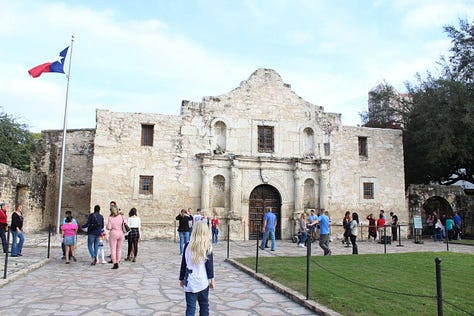

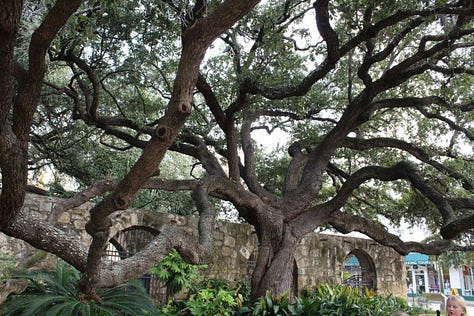
As we walked around, we reminded both kids of our camping trip to Goliad a year and a half earlier, where we had seen the grounds of the massacre that followed the battle of the Alamo. In these two trips, we had captured the geography of place to give our kids a first hand glimpse into the history of their new state.


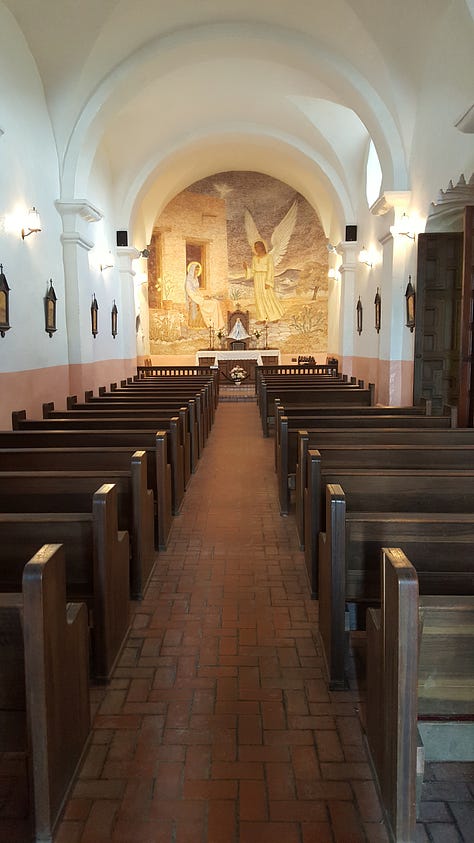

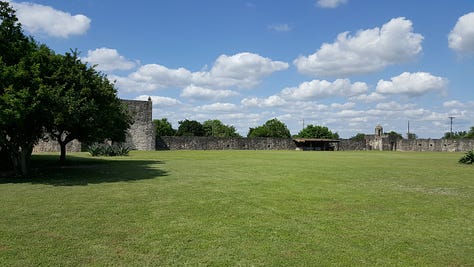
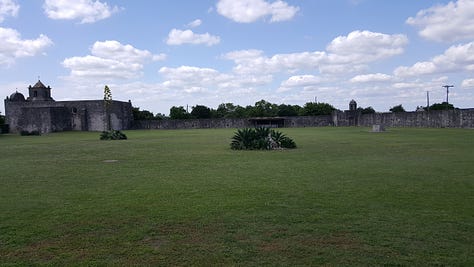
But seeing the geography and reading the signs of historical landmarks still gives an incomplete understanding of the history, which we slowly discovered the longer we lived in Texas. While there are some who still want to leave out the more unsavory parts of Texas history, the reality is there are a lot of Texas historians who are intent on facing the good, bad, and ugly parts of Texas history, particularly related to the Texas fight for independence.
Here’s what I always believed about the Texas Revolution: The Mexican government was oppressive and trying to tell the Mexican and American settlers what they could do with their land. The people were being held back and suffering and they just wanted to be free to live their lives as they saw fit. Santa Anna was a cruel dictator and fought with vicious disregard for human life. He was determined to keep Texas as a part of Mexico, and he was taking no quarter. He would kill as many Texans as he needed to in order to maintain control of the vast territory north of the Rio Grande.
Except, history is a little more complicated than that, isn’t it?
Mexico was a relatively new country trying to figure out its own system of government after gaining independence from Spain. As the Mexican government opened up Texas for colonization from the United States, Southerners headed west for cheap land and fresh starts, taking their slaves with them. In 1830, the Mexican government passed a law forbidding Anglo-American immigration and prohibition of the introduction of more slaves to the territory. There was conflict over the status of runaway slaves and uncertain relations with cautious Native American tribes, their shifting loyalties between the Mexican government and settlers creating a dangerous environment for nearly everyone. Ultimately, the Mexican government was determined to end slavery in the Texas territory and the Anglo settlers didn’t want to give up the way of life that they brought west with them. Some, like the Tejanos who had lived in the future state for multiple generations, found independence desirable. And they found temporary allies with Americans who had decided to move West to conquer new territory. After years of building tension, the first battle of the Texas Revolution happened in Gonzales in October 1835.3
The eventual battle cry of “Remember the Alamo, Remember Goliad” was not completely unwarranted. Approximately 200 men—including James Bowie, William B. Travis, and David Crockett—lost their lives at the Alamo in a siege by anywhere from 1,800 to 6,000 Mexican soldiers. Less than two weeks later, over 300 Texans were executed after losing a battle just outside of Goliad. In April, Sam Houston defeated Santa Anna’s army in an eighteen-minute battle on the banks of the San Jacinto River, his army raising a battle cry to remember the men who had lost their lives in San Antonio and Goliad. The Republic of Texas’s constitution was ratified in September 1836.

As with most moments in North American history, it’s complicated. And just as with many significant moments in American history, there are deep roots of racism, individualism, and oppression lying underneath the surface. I had believed for years that there were true “Good guys” and “Bad guys” when it came to the fight for Texas independence, but the truth is far more nuanced. Even the historical heroes of the revolution had unsavory backstories that challenge the stories most of us have been told our whole lives. After all, Davy Crockett was a Tennessean who had only lived in Texas for two weeks before he died at the Alamo. And descendants of the Tejanos, who had lived in Texas for years before the revolution, are more often than not identified with the Mexicans that the revolutionaries fought against. Thankfully, as our daughter started learning Texas history, it appeared that her teachers, at least, were making sure that she understood at least a little bit of the complexity.
Even with access to a more complete narrative, little changes the fact that Texans take great pride in their history of independence, both as an individual nation and then as a state in the United States. But there are more native Texans taking a hard look at the history that made them, and it will be interesting to see how those new narratives unfold.
Support my writing
While most of my work here is free for all subscribers, it is still a labor of love that I fit into the few hours I have when I am not teaching or being an attentive wife and mom. If you would like to support my writing but you do not want to commit to being a paid subscriber, please consider one-time donation.
You can also support me by ordering my book or books from my favorite book lists at my Bookshop.org affiliate page.
If you want to be a regular supporter, you can upgrade your subscription from free to paid and get occasional content only for paid subscribers.
And thank you for supporting my journey 💗
I want to be perfectly clear that this view has changed as I’ve moved into adulthood. There is rich history throughout the states of the Upper Midwest, but one has to be willing to see beyond the history of white settlers.
I couldn’t get enough of the Sunfire Romance series when I was in fifth and sixth grade. It fed my love for history and encouraged my already hyperactive romantic notions.
I got this breakdown of the build up to the Revolution from the Texas State Historical Association where you can find a more detailed analysis of the causes behind the Revolution.




I’m interested to read your take on this. Thank you Sarah!
Did you ever read Forget the Alamo? Can’t recall if we talked about that but you really should read it.
And I’m glad someone else read Sunfire romance books!